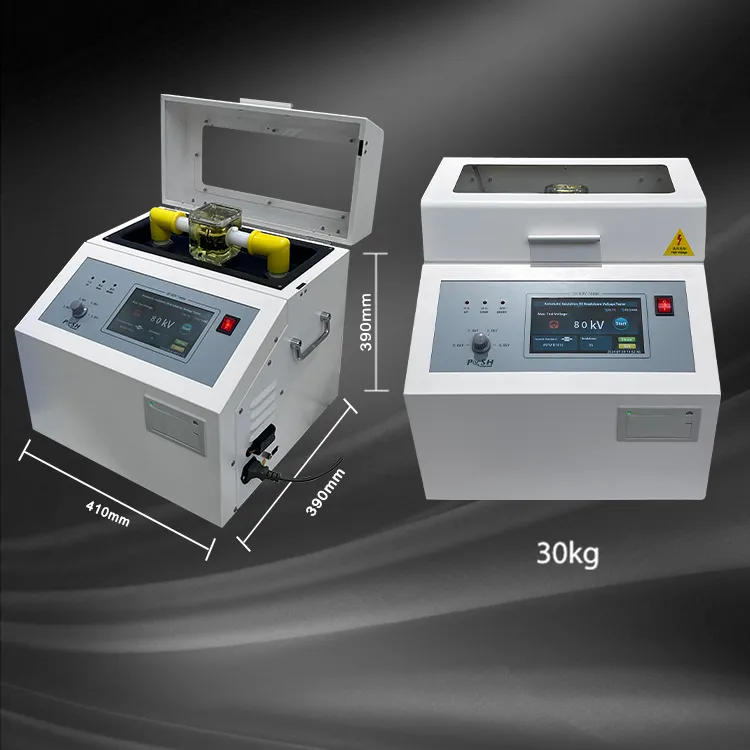 English
English


Advanced Techniques in Interfacial Rheology and Their Applications in Material Science
Understanding Interfacial Rheometers A Key Tool in Material Science
Interfacial rheometers have emerged as critical instruments in the field of material science, particularly in the study of complex fluids and colloidal systems. These specialized devices measure the mechanical properties of interfaces between different phases, such as liquid-liquid or liquid-gas systems. The ability to characterize these interfacial properties is essential for a wide range of applications, from food science to pharmaceuticals and beyond.
At the core of interfacial rheometry is the concept of rheology, which is the study of flow and deformation of materials. Traditional rheometers primarily focus on bulk properties, assessing how materials behave under various stress and strain conditions. However, many industrial processes involve interactions at interfaces where materials exhibit unique behaviors that cannot be described by bulk properties alone. Interfacial rheometers address this gap by providing insights into how substances interact at interfaces, including the effects of surface tension, elasticity, and viscosity.
Interfacial rheometers typically utilize a variety of techniques to probe the properties of interfaces. One common method involves the use of oscillatory shear, where a controlled shear strain is applied to the interface while measuring the resulting stress. This approach allows researchers to capture both the viscous and elastic characteristics of the interface. Furthermore, these instruments can analyze the dynamic behavior of surfactants and emulsifiers, which are critical in stabilizing emulsions and foams.
interfacial rheometer

The applications of interfacial rheometry are vast and impactful. In the food industry, for example, researchers utilize these measurements to optimize the texture and stability of products like mayonnaise and ice cream. In pharmaceuticals, interfacial rheometry can help in the formulation of drugs, ensuring proper delivery and effectiveness. Additionally, interfacial rheometers are crucial in the development of advanced materials, such as coatings and adhesives, where interfacial properties significantly influence performance.
As our understanding of complex systems grows, the demand for precise and reliable measurements of interfacial properties will continue to rise. Innovations in interfacial rheometry, including improvements in sensitivity and automation, will broaden the scope of applications and enhance our ability to design and manipulate materials at the micro and nano scales.
In conclusion, interfacial rheometers play a pivotal role in advancing material science by offering detailed insights into interfacial behaviors. As industries increasingly recognize the importance of these measurements, interfacial rheometers will undoubtedly become indispensable tools for researchers and engineers striving to innovate and enhance material performance.
-
Differences between open cup flash point tester and closed cup flash point testerNewsOct.31,2024
-
The Reliable Load Tap ChangerNewsOct.23,2024
-
The Essential Guide to Hipot TestersNewsOct.23,2024
-
The Digital Insulation TesterNewsOct.23,2024
-
The Best Earth Loop Impedance Tester for SaleNewsOct.23,2024
-
Tan Delta Tester--The Essential Tool for Electrical Insulation TestingNewsOct.23,2024





